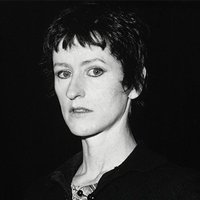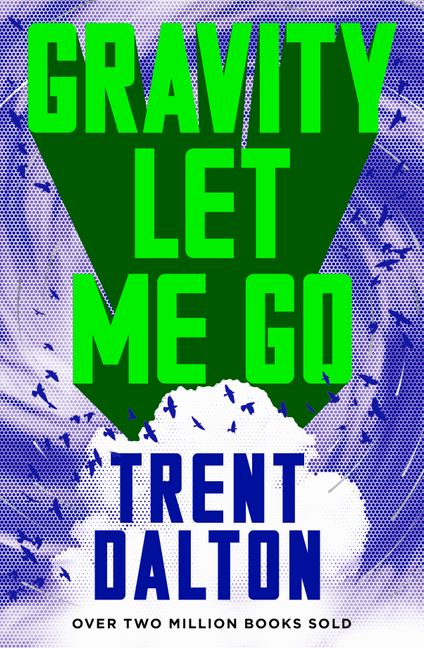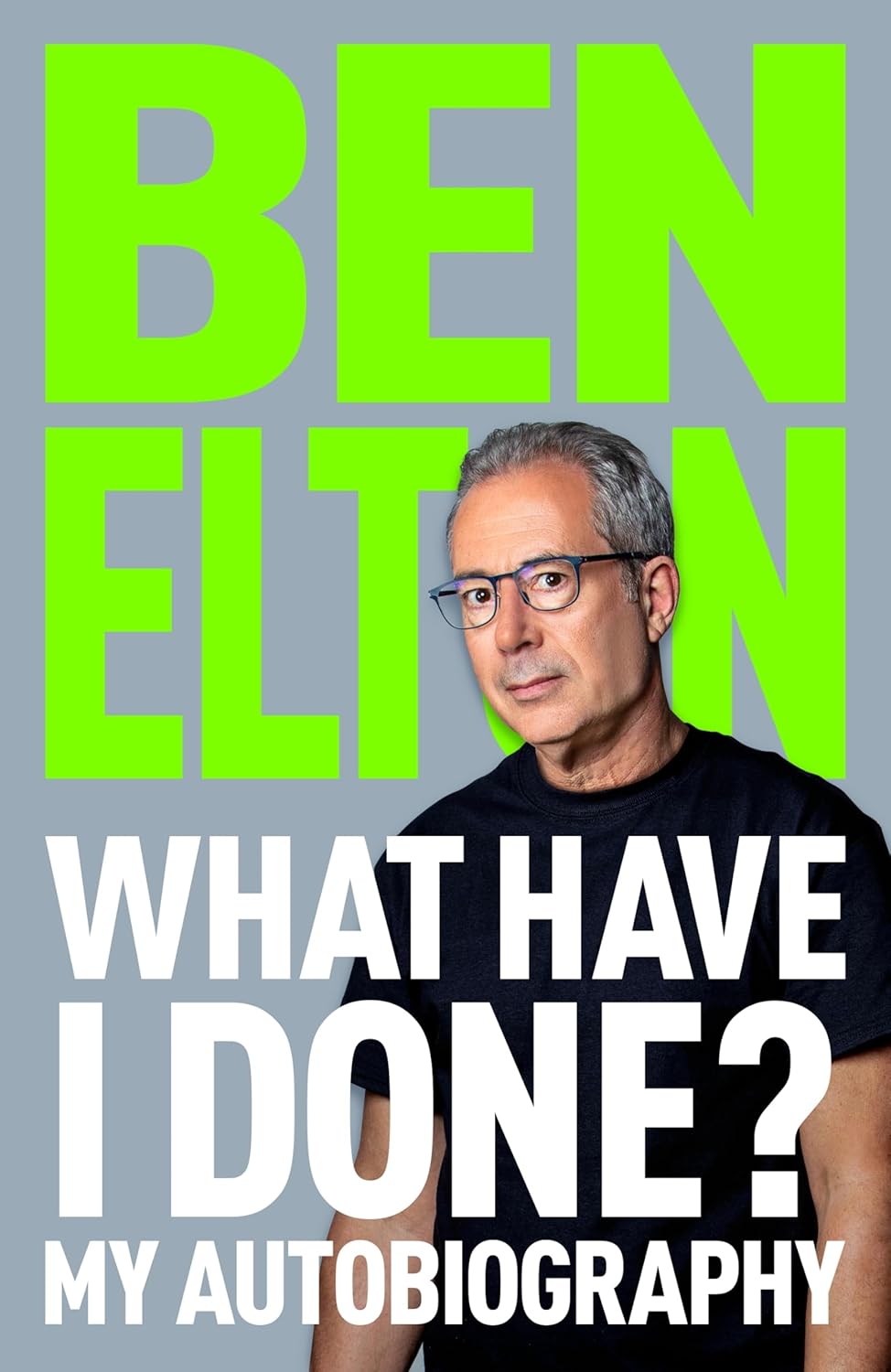The Green Bell
Affirm Press $29.99 pb, 288 pp, 9781925475524
The Green Bell by Paula Keogh
Since Michael Dransfield’s death at the age of twenty-four in 1973, there have been two books of poems, a Collected Poems (1987), a study of his generation, Parnassus Mad Ward (Livio Dobrez, 1990), as well as Michael Dransfield’s Lives: A sixties biography (Patricia Dobrez, 1999), and John Kinsella’s Michael Dransfield: A retrospective (2002). Unlike other poets who died too young, such as Charles Buckmaster (1951–72), Dransfield had cultivated an older, more established group of poets who ensured that his many poems would be issued posthumously.
Dransfield’s best poems vary from ornate lyricism to witty satire to defiant protest to a playful, often tragic bluntness: ‘Nothing left but the / whim of survival’ (‘Overdose’). Paula Keogh, Dransfield’s fiancée at the time of his death, shows a more idealised view of the man than the manipulative and self-promoting poet recalled by some peers and investigated admiringly in the Dobrez studies. To Keogh, Dransfield was ‘a shy exhibitionist, sensitive and outrageous, old-fashioned and avant-garde, earnest and ironic’, whose genuine love and shared interests lessen her confusion.
The Green Bell begins with Keogh and Dransfield cutely romantic outside the Canberra psychiatric ward where they had met, but then reverts to the chaos of Keogh’s first breakdown, when even the doorknobs of her student college room were menacing. Her schizophrenic psychosis is bracingly vivid, and the subsequent treatments resemble those in Ken Kesey’s One Flew Over the Cuckoo’s Nest (1962), with their routine of pills and electroconvulsive therapy: ‘A nurse stands to the side of a trolley that supports a rectangular black box with dials and cords ... I realise you don’t die once only. Death is not a one-off event.’ This is 1972, a year before Dransfield’s death, and treatment of those deemed mentally ill, or drug-addicted, is brutal. Both Keogh and Dransfield had lost a close friend at school; Dransfield was also grieving his father’s recent death. Keogh’s schoolfriend died mysteriously while undergoing treatment for mania in Sydney. (Chelmsford Hospital’s ‘deep sleep therapy’, from which at least twenty-four people died, is mentioned in passing.)Yet although they discover affinities and solace in each other, Keogh seeks a defined reality, while Dransfield yearns for escape.
Continue reading for only $10 per month. Subscribe and gain full access to Australian Book Review. Already a subscriber? Sign in. If you need assistance, feel free to contact us.







Leave a comment
If you are an ABR subscriber, you will need to sign in to post a comment.
If you have forgotten your sign in details, or if you receive an error message when trying to submit your comment, please email your comment (and the name of the article to which it relates) to ABR Comments. We will review your comment and, subject to approval, we will post it under your name.
Please note that all comments must be approved by ABR and comply with our Terms & Conditions.